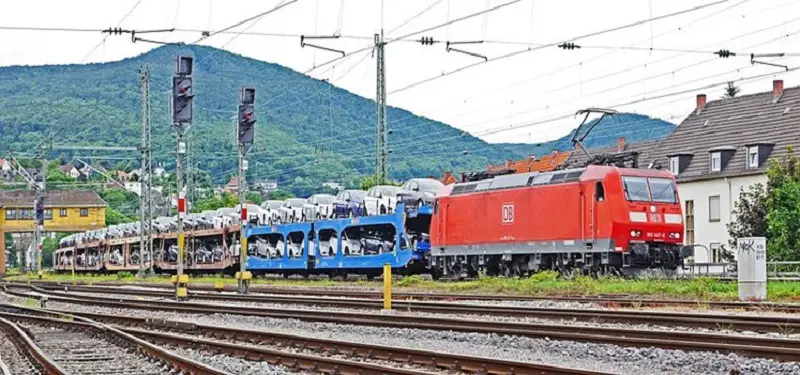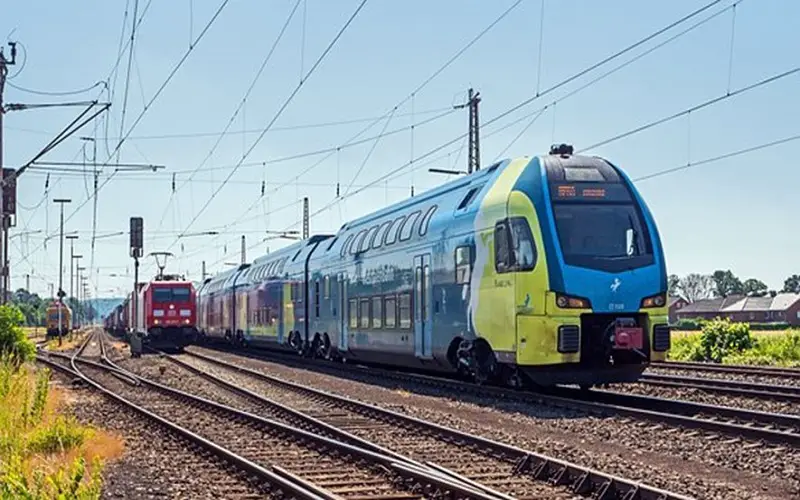In the freight rail industry, asset tracking is essential for ensuring that equipment and assets are properly managed and accounted for. With so many moving pieces and constantly changing conditions, it can be challenging to keep track of everything without a reliable system. This guide will cover the basics of asset tracking in the freight rail industry and explain how it can help your business operate more efficiently. Whether you’re already using an asset tracking system or considering implementing one, this guide will provide valuable insights.
What is asset tracking, and why is it important in the freight rail industry?
Asset tracking is a process used by the freight rail industry to monitor the movement and condition of their railcars. Designed to provide an overview of everything from car locations, maintenance, and repair status, to cargo contents and destinations, asset tracking helps ensure efficient deliveries are made with minimal delays. This can be done by installing dash cams for railroads or RFID tags for goods and railcars. Not only does it provide an excellent way for businesses to keep tabs on which railcar is where, but it also can be used as a powerful tool to spot patterns related to usage. With asset tracking, data can be collected in real-time, providing up-to-date information on the movement of assets and ensuring that nothing is overlooked or forgotten.
By being able to make quick decisions about railcar utilization, companies are better positioned to remain competitive in today’s fast-paced market. Additionally, asset tracking provides companies the added benefit of improved safety through the ability to centralize critical operations such as routine maintenance and reporting accidents or security breaches swiftly. All told, asset tracking is an essential technology that enables freight rail operators to remain efficient while increasing their inventory accuracy and customer service.
Benefits of asset tracking for freight rail companies
Freight rail companies have much to benefit from asset tracking. They can gain real-time visibility into their cargo’s location, status, and condition using advanced technological software. This allows them to navigate maintenance issues, transport delays, inventory shortages, and theft with greater ease and confidence. Furthermore, asset tracking provides a clear record of essential details that can be used for monitoring compliance with safety regulations and efficiency management. Above all else, asset tracking helps freight rail companies enhance customer experience through improved service quality and accuracy. By empowering them with information at their fingertips whenever necessary, asset tracking changes how freight rail companies do business.
Challenges associated with asset tracking in freight rail
Tracking and managing assets in freight rail is a complex, multifaceted challenge. Logistical issues must be considered, such as coordinating the movement of goods and personnel across long distances. Additionally, it can be difficult to access timely and accurate data sources when making decisions about asset procurement or utilization in rail operations. Finally, another key challenge is maintaining accurate asset tracking to comply with strict quality management requirements associated with industry regulations. For these reasons, freight rail operators must often leverage various technological tools to track their assets with precision and efficiency adequately.
Solutions to overcome the challenges associated with asset tracking in freight rail
Freight rail is a valuable asset to the transportation industry. However, asset tracking in freight rail can be challenging due to splitting up shipments, requiring fast-moving parts, and the constant process of adjusting pricing and weight restrictions. Solutions to these problems include:
- Developing more intelligent GPS routing technology for managing shipment deliveries.
- Utilizing digital sensors for near real-time data gathering.
- Investing in automation technologies to help keep up with changing prices and weight requirements.
With technology leading the way, freight rail can continue to play an integral role while providing better efficiency and customer satisfaction.
Case study of a successful asset tracking implementation in freight rail
Asset tracking implementation in freight rail has been a success story for many companies. Although implementing an asset tracking system is no easy task, the rewards have been well worth it. Vehicles and in-transit products can be tracked and monitored with GPS or RFID systems with unprecedented accuracy. In addition to protecting products from theft or damage, asset tracking systems can also provide valuable data on efficiency improvements, such as route optimizations that reduce vehicle idle times and improve dispatch scheduling. Companies leveraging these asset-tracking systems benefit from cost savings, increased performance, and improved customer satisfaction due to accurate delivery times. With more companies understanding the value of this technology, asset tracking is starting to become standard practice for freight rail operators throughout the country.

Successfully tracking assets is critical for freight rail companies. By doing so, they can improve efficiency and reduce the risk of costly delays. Although there are challenges associated with asset tracking, these can be overcome by working with experienced providers who understand the specific needs of the freight rail industry. As illustrated by the case study above, implementing an effective asset-tracking solution can positively impact a freight rail company’s bottom line.




